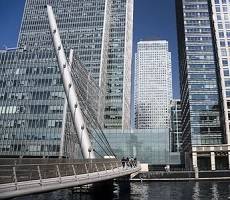June 3, 2015
Over half of workers with back pain receive no help from employers
 Over a quarter of Britons (27 per cent) suffering from debilitating lower back pain do not have a formal diagnosis for their symptoms, and 64 per cent are not receiving any kind of support from employers to help them with their problem, finds a new survey by Nuffield Health. Back pain is the UK’s leading cause of long term sickness, responsible for more than 15 million sick days in 2013. One in seven (14 per cent) questioned with lower back pain said they are on long term sickness benefit or cannot work due to their symptoms, while the same number (14 per cent) have taken at least a month off in the past 12 months. Over a quarter (27 per cent) of people say that the lack of diagnosis or knowledge is causing depression, while one in six (17 per cent) are anxious they are suffering from a more serious health condition.
Over a quarter of Britons (27 per cent) suffering from debilitating lower back pain do not have a formal diagnosis for their symptoms, and 64 per cent are not receiving any kind of support from employers to help them with their problem, finds a new survey by Nuffield Health. Back pain is the UK’s leading cause of long term sickness, responsible for more than 15 million sick days in 2013. One in seven (14 per cent) questioned with lower back pain said they are on long term sickness benefit or cannot work due to their symptoms, while the same number (14 per cent) have taken at least a month off in the past 12 months. Over a quarter (27 per cent) of people say that the lack of diagnosis or knowledge is causing depression, while one in six (17 per cent) are anxious they are suffering from a more serious health condition.





























June 2, 2015
The bonds that link work with place are loosening day by day
by Paull Robathan • Comment, Flexible working, Technology, Work&Place
(more…)